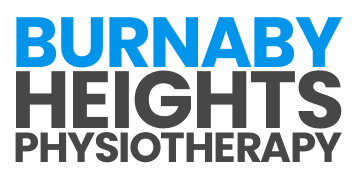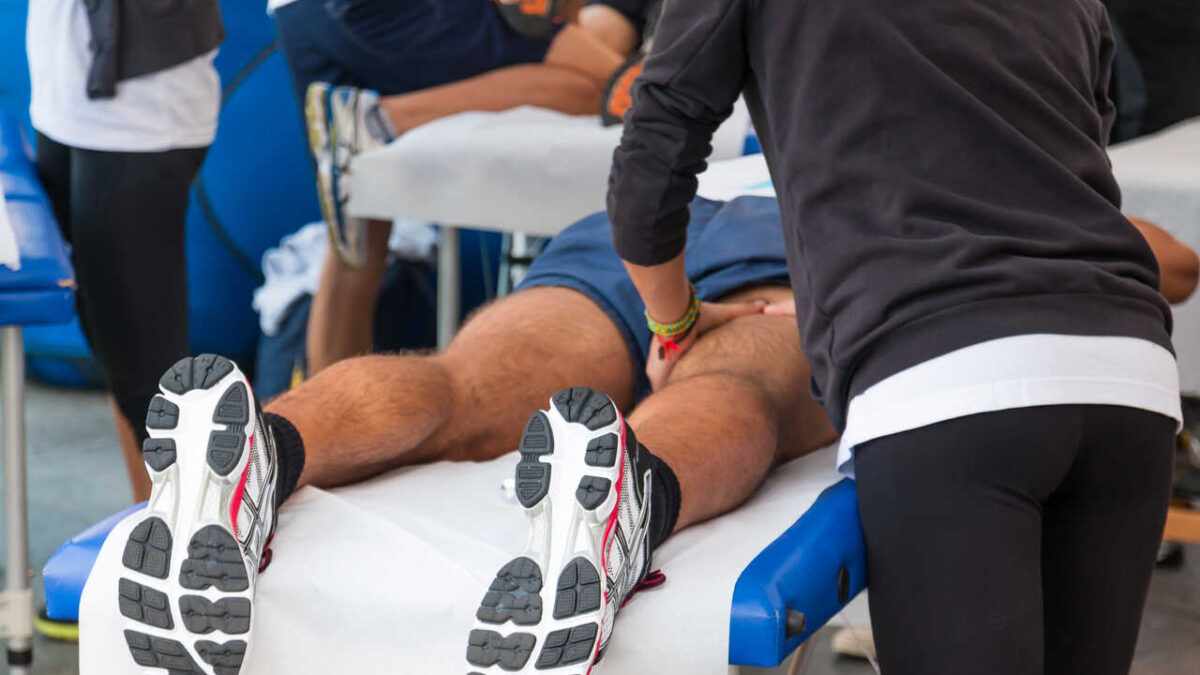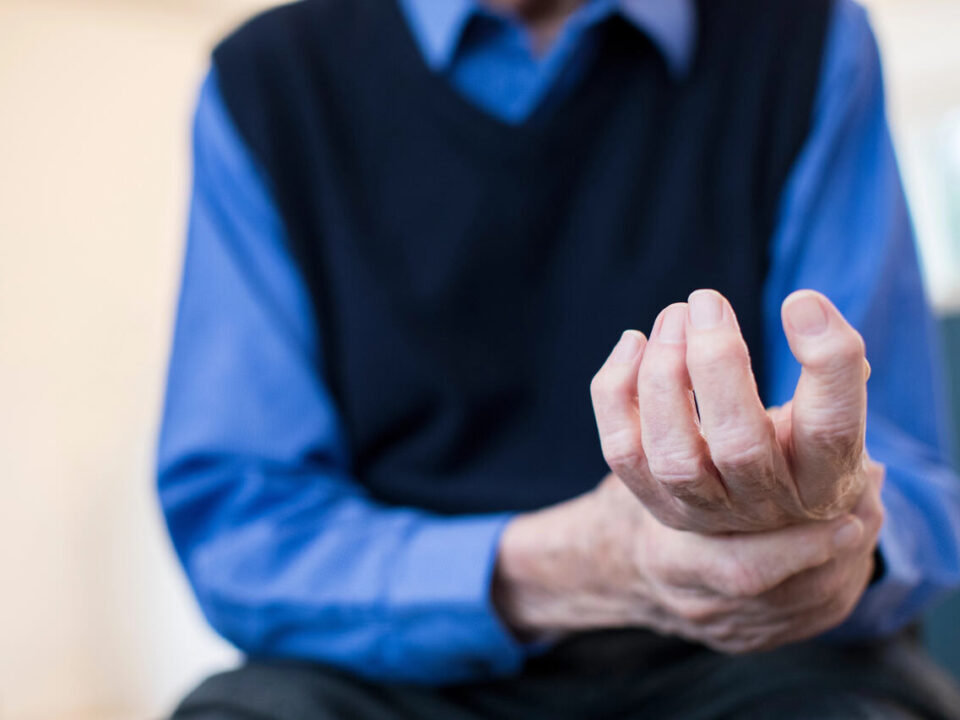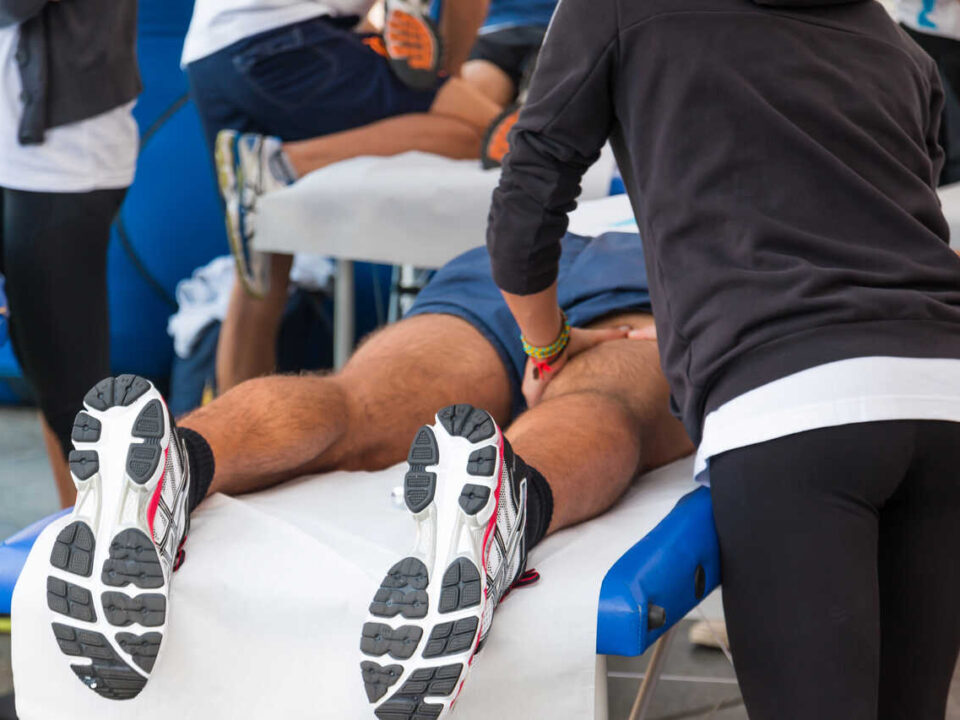
Unlock the Secrets: Mastering Massage Therapy Techniques
July 18, 2024
Discover the Magic of Lymphatic Drainage Massage Therapy for Your Health
July 18, 2024Understanding Rehabilitative Massage Therapy
What is Rehabilitative Massage Therapy?
Rehabilitative massage therapy is a specialized form of massage aimed at aiding recovery from injuries, managing chronic pain, and improving mobility. Unlike a typical relaxation massage, rehabilitative massage focuses on specific areas of the body to promote healing and restore function. This type of therapy is often used in conjunction with other treatments such as physical therapy or chiropractic care.
Rehabilitative massage employs various techniques, including deep tissue massage, myofascial release, and trigger point therapy. These methods target deeper layers of muscle and connective tissue to alleviate pain and improve flexibility.
Benefits of Rehabilitative Massage Therapy
The benefits of rehabilitative massage therapy are numerous and can significantly enhance your overall well-being. Here are some key advantages:
- Pain Relief: Effective in managing chronic pain conditions such as arthritis, fibromyalgia, and back pain. See massage therapy for back pain for detailed insights.
- Injury Recovery: Aids in the recovery process post-injury by reducing inflammation and improving circulation.
- Enhanced Mobility: Helps restore range of motion and flexibility, making it easier to perform daily activities.
- Stress Reduction: Lowers cortisol levels and promotes relaxation, which can speed up the healing process.
- Improved Circulation: Enhances blood flow, which helps deliver essential nutrients and oxygen to tissues.
- Scar Tissue Management: Breaks down scar tissue and adhesions, improving tissue elasticity.
| Benefit | Description |
|---|---|
| Pain Relief | Manages chronic pain conditions |
| Injury Recovery | Aids in post-injury recovery |
| Enhanced Mobility | Restores range of motion |
| Stress Reduction | Lowers cortisol levels |
| Improved Circulation | Enhances blood flow |
| Scar Tissue Management | Breaks down scar tissue |
Rehabilitative massage therapy can be particularly beneficial for those recovering from surgery or dealing with sports injuries. For more on how massage can aid in sports recovery, visit sports massage therapy. Integrating this therapy into your wellness routine can offer long-term benefits, improving both physical and mental health. Discover more about the benefits of massage therapy to understand its full potential.
Conditions Treated with Rehabilitative Massage
Rehabilitative massage therapy is a powerful approach to managing various health conditions. By understanding the specific ailments that can benefit from this therapy, you can make informed decisions about your treatment plan.
Chronic Pain Management
Chronic pain can significantly impact your daily life. Rehabilitative massage therapy offers a natural way to alleviate persistent pain, targeting the underlying causes rather than just the symptoms. Techniques such as deep tissue massage and trigger point therapy are particularly effective in:
- Reducing muscle tension
- Improving blood circulation
- Enhancing flexibility
| Condition | Benefits of Rehabilitative Massage |
|---|---|
| Lower Back Pain | Pain Relief, Increased Mobility |
| Fibromyalgia | Reduced Tenderness, Improved Sleep |
| Arthritis | Reduced Stiffness, Enhanced Joint Function |
For more insights on how massage therapy can aid in chronic pain, read our article on massage therapy for back pain.
Injury Rehabilitation
Rehabilitative massage therapy plays a critical role in the recovery process following an injury. Whether you’re dealing with a sports-related injury or an accident, massage therapy can accelerate healing by:
- Reducing inflammation
- Breaking down scar tissue
- Restoring range of motion
| Type of Injury | Massage Therapy Benefits |
|---|---|
| Sports Injuries | Faster Recovery, Pain Reduction |
| Whiplash | Reduced Neck Pain, Improved Mobility |
| Carpal Tunnel Syndrome | Reduced Numbness, Improved Hand Function |
To explore how massage can assist in sports injury recovery, visit our article on sports massage therapy.
Post-Surgical Recovery
Recovering from surgery can be a challenging journey. Rehabilitative massage therapy can support your post-surgical recovery by:
- Reducing post-operative pain
- Minimizing swelling
- Enhancing tissue regeneration
| Surgery Type | Benefits of Rehabilitative Massage |
|---|---|
| Orthopedic Surgery | Reduced Swelling, Faster Healing |
| Cosmetic Surgery | Improved Scarring, Enhanced Skin Elasticity |
| Abdominal Surgery | Reduced Adhesions, Pain Management |
For additional guidance on incorporating massage into your post-surgical care, read our article on therapeutic massage therapy.
By addressing these specific conditions with targeted rehabilitative massage techniques, you can experience significant improvements in your overall health and well-being. To learn more about different massage therapy techniques, check out our comprehensive guide on massage therapy techniques.
Techniques Used in Rehabilitative Massage Therapy
Understanding the various techniques employed in rehabilitative massage therapy helps you make informed decisions about your treatment. Here, we explore three popular methods: deep tissue massage, myofascial release, and trigger point therapy.
Deep Tissue Massage
Deep tissue massage focuses on realigning deeper layers of muscles and connective tissue. It is particularly beneficial for chronic aches and pains, as well as areas that are contracted due to stress or injury. By using slower strokes and more intense pressure, deep tissue massage targets the deeper layers of muscle and fascia.
| Technique | Benefits | Typical Session Duration |
|---|---|---|
| Deep Tissue Massage | Alleviates chronic pain, reduces muscle tension | 60 – 90 minutes |
For more information on this technique, visit our detailed guide on deep tissue massage therapy.
Myofascial Release
Myofascial release is a technique that focuses on relieving tension in the fascia, the connective tissue that surrounds muscles. This method involves applying gentle, sustained pressure to the fascia to release restrictions and improve movement. It is often used to treat conditions such as fibromyalgia and chronic pain.
| Technique | Benefits | Typical Session Duration |
|---|---|---|
| Myofascial Release | Improves flexibility, reduces pain, enhances circulation | 60 – 90 minutes |
To learn more about how this technique can help you, visit our article on massage therapy for fibromyalgia.
Trigger Point Therapy
Trigger point therapy targets specific areas of muscle that are tight or knotted, known as trigger points. These points can cause pain in other parts of the body. By applying pressure to the trigger points, this technique helps to release the knots and alleviate pain. It is particularly effective for conditions like migraines and carpal tunnel syndrome.
| Technique | Benefits | Typical Session Duration |
|---|---|---|
| Trigger Point Therapy | Relieves pain, improves range of motion, reduces tension | 60 – 90 minutes |
Explore more about this technique in our detailed guide on trigger point therapy massage.
These techniques are just a few examples of the various methods used in rehabilitative massage therapy. Each technique offers unique benefits and can be tailored to suit your specific needs. For more information on different types of massage therapy, check out our comprehensive guide on types of massage therapy.
Incorporating these techniques into your wellness routine can provide significant relief and improve your overall quality of life. Whether you’re dealing with chronic pain, recovering from an injury, or seeking to enhance your physical well-being, rehabilitative massage therapy offers a holistic approach to healing.
Finding the Right Massage Therapist
Finding the right massage therapist for rehabilitative massage therapy is crucial to ensure you receive the best care possible. This section focuses on the key aspects to consider when selecting a therapist.
Qualifications and Certifications
When searching for a massage therapist, it’s essential to verify their qualifications and certifications. A licensed massage therapist (LMT) should have completed a state-approved training program and passed the necessary exams. Additionally, specialized certifications in rehabilitative massage therapy can be a valuable indication of their expertise in this area.
| Credential | Description |
|---|---|
| LMT | Licensed Massage Therapist |
| NCBTMB | National Certification Board for Therapeutic Massage and Bodywork |
| AMTA | American Massage Therapy Association Membership |
Experience with Rehabilitative Massage
Experience is another important factor to consider. A therapist with a background in rehabilitative massage therapy will be more adept at addressing specific conditions and tailoring treatments to your needs. Look for therapists who have experience working with clients suffering from chronic pain, sports injuries, or post-surgical recovery. You can inquire about their familiarity with various techniques such as deep tissue massage therapy and trigger point therapy massage.
Comfort and Communication
Feeling comfortable and being able to communicate openly with your massage therapist is vital for effective treatment. During your initial consultation, assess whether the therapist listens attentively to your concerns and explains the treatment plan clearly. A good therapist should be willing to adjust techniques and pressures based on your feedback, ensuring a personalized and effective session.
Incorporating these considerations will help you find a skilled and empathetic massage therapist who can provide the rehabilitative care you need. For more information on various massage techniques, visit our article on types of massage therapy.
Your Rehabilitative Massage Session
Initial Assessment and Goal Setting
Your rehabilitative massage therapy session begins with an initial assessment. During this phase, the therapist will gather information about your medical history, current health condition, and specific areas of discomfort. This is a crucial step to ensure that the massage therapy is tailored to your unique needs.
| Assessment Components | Description |
|---|---|
| Medical History | Review of past injuries, surgeries, and chronic conditions |
| Current Health Condition | Evaluation of pain levels, mobility issues, and overall well-being |
| Specific Areas of Discomfort | Identification of muscles or joints that need attention |
The therapist will also discuss your goals for the therapy. Whether you’re looking to manage chronic pain, recover from an injury, or improve mobility, setting clear objectives helps in developing an effective treatment plan.
Customized Treatment Plan
Based on the initial assessment, the therapist will create a customized treatment plan tailored to your needs. This plan includes specific massage techniques, frequency of sessions, and any additional therapies that may be beneficial.
| Treatment Plan Components | Description |
|---|---|
| Massage Techniques | Selection of methods such as deep tissue massage therapy, trigger point therapy massage, or myofascial release |
| Frequency of Sessions | Determination of how often you should receive therapy for optimal results |
| Additional Therapies | Recommendations for complementary treatments like lymphatic drainage massage therapy |
The customized treatment plan is designed to address your specific needs and goals, ensuring that you receive the most effective care possible.
Post-Massage Self-Care Recommendations
After your rehabilitative massage session, your therapist will provide self-care recommendations to help you maintain the benefits of the therapy. These may include stretching exercises, hydration tips, and lifestyle modifications.
| Self-Care Recommendations | Description |
|---|---|
| Stretching Exercises | Specific stretches to maintain muscle flexibility and reduce tension |
| Hydration Tips | Importance of drinking water to flush out toxins and maintain hydration |
| Lifestyle Modifications | Suggestions for ergonomic adjustments, proper posture, and stress management |
Following these recommendations can enhance the effectiveness of your rehabilitative massage therapy and contribute to long-term wellness. For more tips, visit our articles on therapeutic massage therapy and massage therapy benefits.
Incorporating Rehabilitative Massage into Your Wellness Routine
Integrating rehabilitative massage therapy into your wellness routine can significantly enhance your physical and mental health. This section covers the frequency of sessions, long-term benefits, and how to combine massage therapy with other treatments.
Frequency of Sessions
The frequency of your rehabilitative massage sessions can vary depending on your specific needs and conditions. Generally, more frequent sessions are recommended during the initial stages of treatment for chronic pain or injury rehabilitation. As your condition improves, the frequency can be adjusted.
| Condition | Initial Frequency | Maintenance Frequency |
|---|---|---|
| Chronic Pain | 1-2 times per week | Bi-weekly or Monthly |
| Injury Rehabilitation | 2-3 times per week | Weekly or Bi-weekly |
| Post-Surgical Recovery | 1-2 times per week | Bi-weekly or Monthly |
Long-Term Benefits
Regular rehabilitative massage therapy offers a range of long-term benefits. These benefits not only address immediate issues but also contribute to overall well-being.
- Pain Relief: Consistent therapy helps in managing and alleviating chronic pain.
- Improved Mobility: Regular sessions improve flexibility and range of motion.
- Stress Reduction: Ongoing therapy reduces stress and anxiety levels.
- Enhanced Recovery: Speeds up recovery from injuries and post-surgical procedures.
For more information on the benefits of massage therapy, check out our article on massage therapy benefits.
Integrating Massage Therapy with Other Treatments
Combining rehabilitative massage therapy with other treatments can amplify its effectiveness. A holistic approach ensures comprehensive care and faster recovery.
- Physical Therapy: Complement massage sessions with physical therapy for enhanced mobility and strength.
- Chiropractic Care: Integrate massage therapy with chiropractic adjustments to improve spinal health.
- Occupational Therapy: Use massage therapy alongside occupational therapy for better functional outcomes.
- Pain Management: Combine with other pain management techniques for more effective relief.
Consult with your healthcare provider to develop a tailored plan that incorporates rehabilitative massage therapy with other treatments. For more insights, read our articles on massage therapy for back pain and massage therapy for arthritis.






